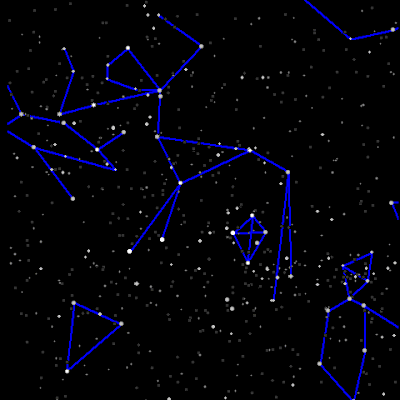First dark matter and dark energy. Now, we find parts of our universe moving at very high speeds and in a uniform direction that can't be explained by any of the known gravitational forces in the observable universe. Astronomers are calling the phenomenon "dark flow."
Dark flow is the name given to the motion of galaxy clusters with respect to the cosmic microwave background radiation which should be randomly distributed in all directions. But it is not - a three year study concluded in 2008 that there was a common motion of at least 600 km/s toward a 20-degree patch of sky between the constellations of Centaurus and Vela.
This dark flow must be outside the "observable universe."
The "observable" universe doesn't actually mean as far as we can see with a powerful telescope. There's a fundamental limit to how much of the universe we could ever observe, no matter how big the telescope.
If the universe formed about 13.7 billion years ago, and light started traveling toward us immediately after the Big Bang, the farthest it could ever get is 13.7 billion light-years in distance. So, if there are parts of the universe that are farther away, we can't see farther than light could travel over the entire age of the universe.
One theory is that the motion results from the influence of no-longer-visible regions of the universe prior to inflation. (Telescopes cannot see events earlier than about 380,000 years after the Big Bang, when the universe became transparent.)
Another theory is that it is the gravitational influences of other universes.
 Vela is a constellation of the southen sky (in the illustration it is at left center) and the word is Latin for the sails of a ship. It was originally part of a larger constellation, the ship Argo Navis. The larger constellation (shown here) was later divided into three parts, the others being Carina and Puppis.
Vela is a constellation of the southen sky (in the illustration it is at left center) and the word is Latin for the sails of a ship. It was originally part of a larger constellation, the ship Argo Navis. The larger constellation (shown here) was later divided into three parts, the others being Carina and Puppis.

No comments:
Post a Comment